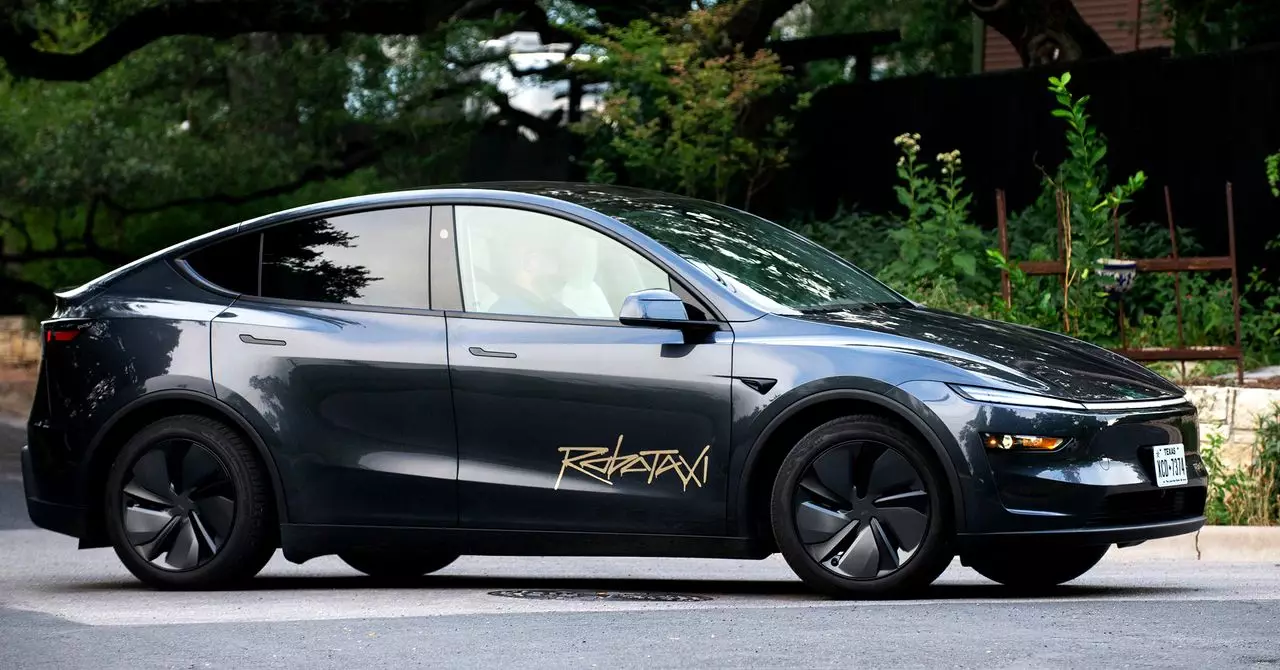Tesla, the vanguard of electric vehicle innovation, has long positioned itself at the forefront of autonomous driving technology. Its vision of robotaxis—self-driving taxis operating without human intervention—captures the imagination of enthusiasts and investors alike. The company aspires to revolutionize urban transportation, promising safer roads, reduced congestion, and a more sustainable future. However, behind this ambitious facade lies a murky landscape of legal, technical, and ethical challenges that Tesla is grappling with as it advances toward this goal. While the company promotes itself as a trailblazer transforming mobility, the reality on the ground reveals a complex struggle to align innovation with regulatory compliance.
The Legal Labyrinth of Autonomous Vehicles in California
California stands at the heart of the United States’ autonomous vehicle industry, wielding some of the country’s strictest regulations. Tesla’s recent endeavors to launch a ride-hailing service labeled as “robotaxi” are caught in legal limbo. Although Tesla has secured a permit to transport employees in driver-assisted vehicles, it does not possess the necessary authorization to operate autonomous vehicles with or without drivers in passenger services. The California Public Utilities Commission explicitly states that Tesla cannot legally test or deploy autonomous taxis that carry the public—paid or unpaid—without a licensed safety driver onboard.
This legal restriction is emblematic of the broader regulatory hurdles facing autonomous vehicle deployment nationwide. Regulators prioritize safety and clarity, demanding rigorous testing, validation, and transparency before authorizing fully driverless services. Tesla’s current efforts to expand its service—to include friends, family, and select members of the public—are, at best, gray areas that push the boundaries of existing laws. Tesla’s narrative of launching fully autonomous “robotaxis” seems to clash with the legal reality, especially considering that the company openly admits to operating vehicles with drivers “in the loop” during initial stages, while implying a future without human oversight.
The Discrepancy Between Tesla’s Public Messaging and Regulatory Reality
Tesla’s communication around its autonomous technology and planned services reveals a strategic inconsistency. Investor calls and internal memos suggest confidence in delivering a driverless, self-operating fleet capable of functioning as true robotaxis. Meanwhile, official statements to regulators emphasize compliance with current laws, which require a human driver behind the wheel. This dual narrative appears to serve multiple interests: on one hand, setting investor expectations high; on the other, avoiding legal repercussions by remaining within permitted boundaries.
Such duplicity raises questions about Tesla’s transparency and ethical responsibility. Critics argue that this disconnect might mislead consumers and regulators about the actual capabilities of Tesla’s vehicles. The company’s persistent use of language like “Full Self-Driving” and “Autopilot” further fuels concerns that consumers assume a level of autonomy that does not yet exist. This misalignment not only jeopardizes Tesla’s legal standing but also risks eroding public trust—a critical asset for a company striving to be seen as a responsible innovator.
The Future of Autonomous Mobility and Ethical Considerations
Tesla’s ambitious roadmap underscores a broader debate about the pace of technological progress versus regulatory readiness. While rapid innovation can propel a company ahead of its competitors, rushing into deployment without comprehensive safety and legal frameworks may lead to dangerous consequences. Autonomous vehicle technology is arguably the most significant leap in transportation since the advent of mass-produced cars, yet its development must be paired with diligent regulatory oversight to prevent accidents, misuse, and misinformation.
Tesla’s current position exemplifies the tension between pioneering innovation and the necessity of accountability. The company’s willingness to test the waters with limited, human-driver-assisted services in California indicates a recognition of these hurdles. Still, its overarching narrative sometimes blurs the line between reality and aspiration. Ethical considerations—such as prioritizing passenger safety, honest communication with regulators, and transparency with consumers—must become integral to Tesla’s strategy.
Without such commitment, Tesla risks undermining the very trust that can make or break a revolution in transportation. It’s not merely about technology; it’s about responsible innovation that respects legal frameworks and societal expectations. The path to fully autonomous ride-hailing services is complex and uncertain, and Tesla’s journey highlights the importance of aligning bold visions with grounded legal and ethical standards.

